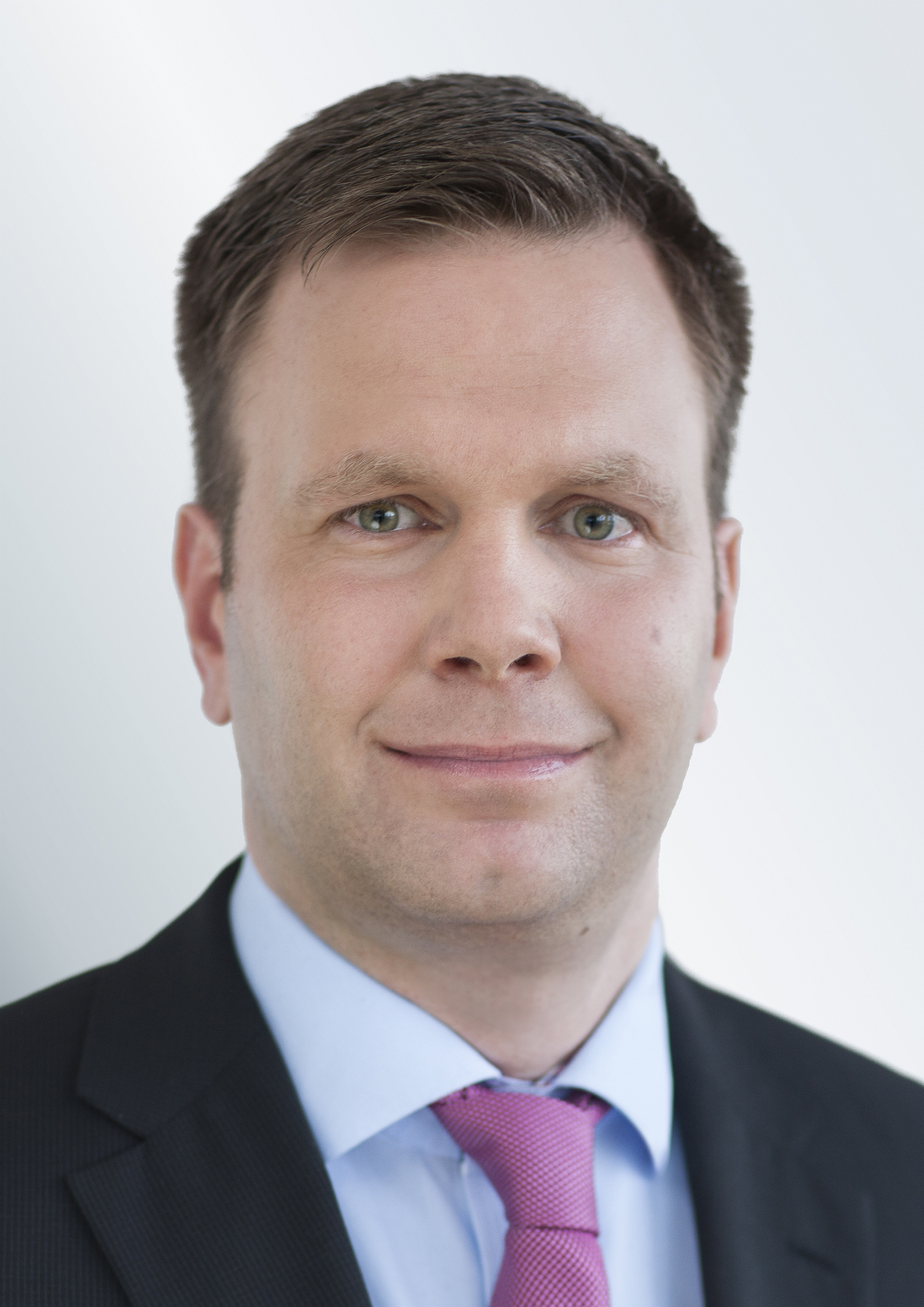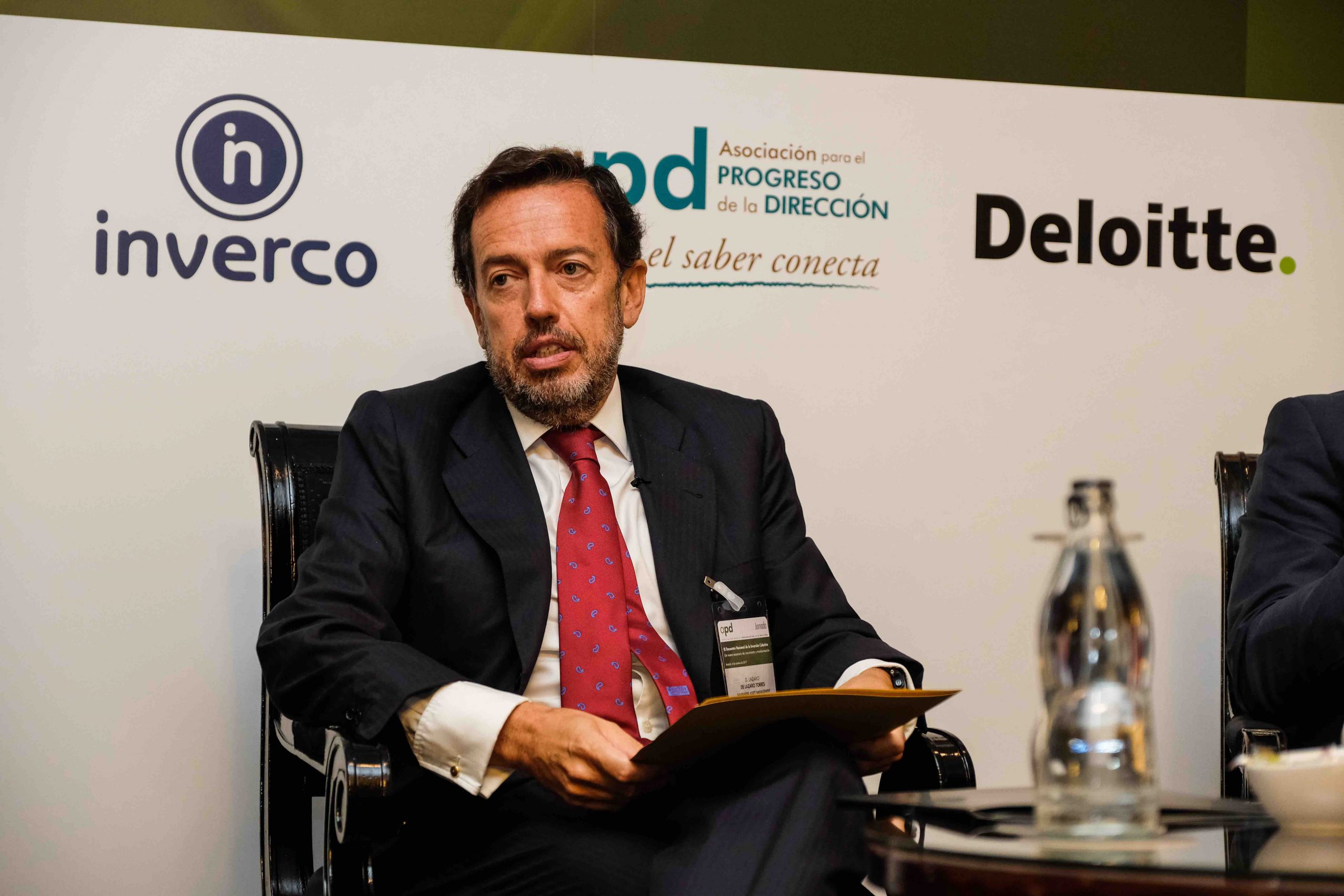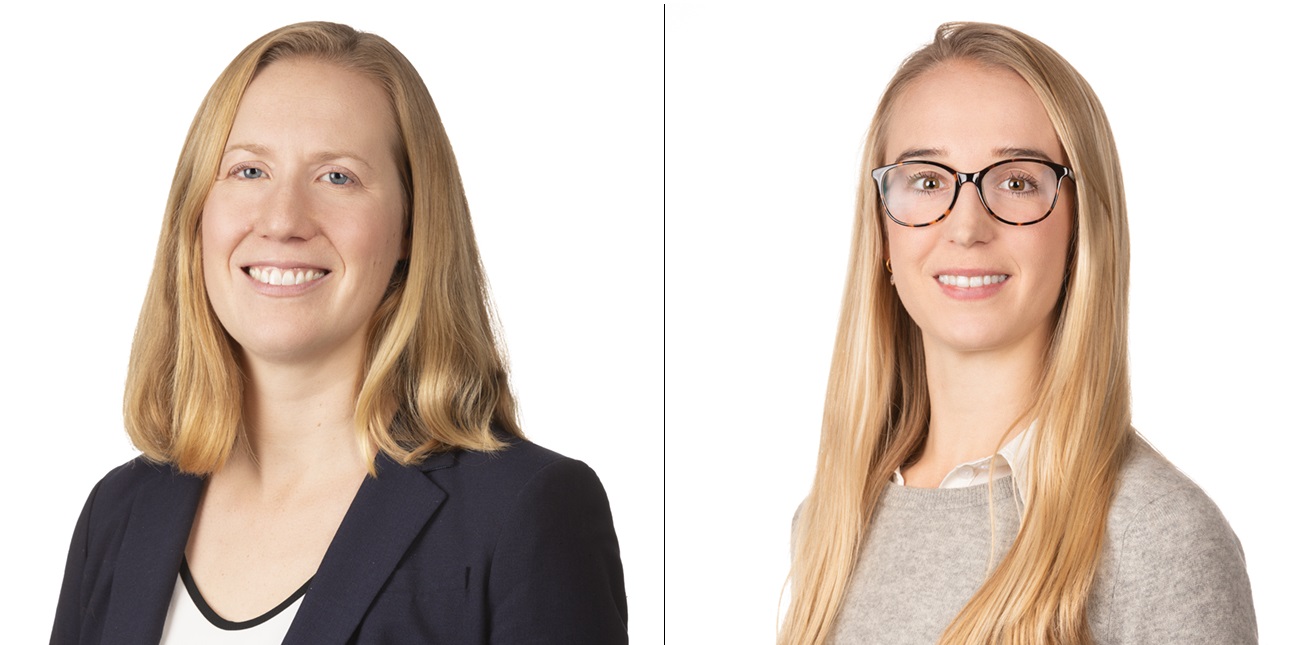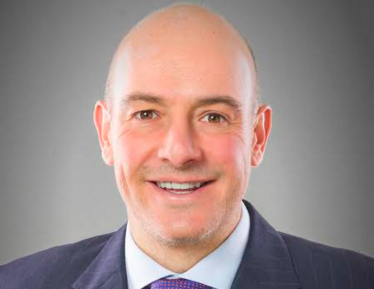DWS: “Despite uncertainty in Europe, weak economic growth, financial crisis, the European high yield market has had a lower default rate than the US “
| For Fórmate a Fondo | 0 Comentarios

At a time when the threats of Brexit and Italian finances are flying over the European economy, Per Wehrmann CFA, Head of European High yield in DWS, is confident that Europe will not enter into a recession although he expects a period of lower growth.
Lower growth but not a recession
As such, in an interview with Funds Society during his recent visit to Santiago de Chile, Wehrmann confirms that he expects a GDP growth for the Euro area of 2% for 2018 and a moderate slowdown during 2019 to 1,8%. The main risk drivers for Wehrmann are Brexit and the situation in Italy.
Regarding Brexit , specifically about UK’s exit terms for leaving Europe, he expects that the deal agreed with the European Union, that implies a broader free trade zone will be approved as it has limited impact in the economic relationship. For Wehrmann: “Clearly UK needs this deal more than the other way around, as it is dependent on having access to the European markets. At the end, and even if we expect some volatility and headline risk, we expect the most important terms of the deal to be agreed upon.”
As per the situation in Italy, whose government has already confirmed a disappointing third quarter growth figure, they expect that eventually an agreement will be reached with the EU, although there are chances that the actual government will not succeeded and new elections taking place in the near future are highly likely. Nonetheless, “ at some point we will see some improvement there and less uncertainty”, declares Wehrmann.
Germany is another country that has had a negative impact in the European economy, showing a negative growth during the 3rd quarter, due mainly because of the auto industry. “The auto industry has had problems to bring cars to the market because there is a new way to measure the consumption and pollution that have caused bottlenecks”, explains Wehrmann although he specifies that this impact is less important than the future of the Chinese economy : “More serious is of course the situation in China, we have seen a slowdown in autos and that is something that could have a negative impact on the auto industry.”
On a positive note, he mentioned that the German economy is rebalancing, towards a greater contribution of the domestic investment expending, thanks to mainly the construction sector, making it less dependent on trade balances.
He also points out, as a positive aspect, the role that Spain is playing, that to his view, has “changed the camp”: Previously it was a low growth country camp and now it is in the fast growing country camp” and adds “when we have seen Italian government spreads widen significantly, Spanish and Portuguese spreads were not much affected by it. So much less contagion effect to what you saw in 2011”
European high yield market: Lower growth since 2015
“The European high yield market is a relatively young market that has grown significantly in the last years and specially since Lehman crisis due to the “falling angels,” in other words, companies that have been downgraded from the Investment grade spectrum, explains Wehrmann. Another important factor in the evolution of this market, has been the downgrade of subordinated bank debt and its inclusion in the high yield market, that implied that 25% of the benchmark came from financials when it represented zero up until that moment.
Since then, it has had an stable growth up until 2015 but, “ =in the last two years we have seen a decline in the market volume because of the part of the cycle we are in, and as the economy has recovered we have seen more raising stars, companies upgraded from high yield to IG, than the other way around in Europe,” explains Wehrmann that stated that the size of the market is currently aprox. 1 billion euros.
In regards to the geographical exposure of the high yield issuers, Italy is the predominant country although countries as France, Germany, UK and US also have a significance presence in the European high yield market.
As per sectors is concerned, the European high yield market it is broadly diversified and it includes sectors such as: the basic industry sector, which includes chemicals, paper packaging, raw materials, steel companies; TMT; capital goods, or services.
In terms of the financial sector, Wehrmann points out that when the financial issues started being part of the benchmark they decided not to invest in financials. As such they don’t invest in banks or insurance companies, although they can invest in financial services, so their portfolios are maid mainly corporates.
European High Yield more stable than the US High yield market
If compared to the US High yield market, Wehrmann states that the European one has mostly been more stable after 2011. “Despite uncertainty in Europe, weak economic growth, financial crisis, the European high yield market has had every year a lower default rate than the US high yield market,” that is currently situated at 1% versus 2.5% of the American market. In addition, he adds that the credit quality of the European market has improved significantly and states that: “ European High yield market is very much dominated by BB ratings which may add up to 70% of the European High yield market. To put it into comparison with the US high yield market it has less than 50%.”
For Wehrmann the main reason for the lower volatility are the smaller exposure of the European High yield to the energy and commodities sector and the better average credit quality which is reflected in the lower default rate and the better average rating. The US high yield market on the other hand still benefits from the more stable investor base which is more value orientated and which is willing to enter the market when spreads widen.
Positive outlook for 2019
In terms of the market outlook, in DWS they are positive from a fundamental point of view although they remain cautious in credits with significant exposure to Italy, Brexit related risk as well as some cyclical sectors, such as automotive or construction. In DWS view, “as dispersion across credits increases credit selection becomes more important.”
From a market momentum and valuation point of view, the recent spread widening observed during the last few months, implies it is a good moment to overweight the European high yield asset class bearing in mind its high average rating quality.
As per rating preference, DWS prefer B rated credits over BB as tend to show lower interest rate sensitivity and they expect these issuers to benefit from a more positive market environment. In regards to maturities DWS prefer short term maturities from solid credits as their market risk is lower.







